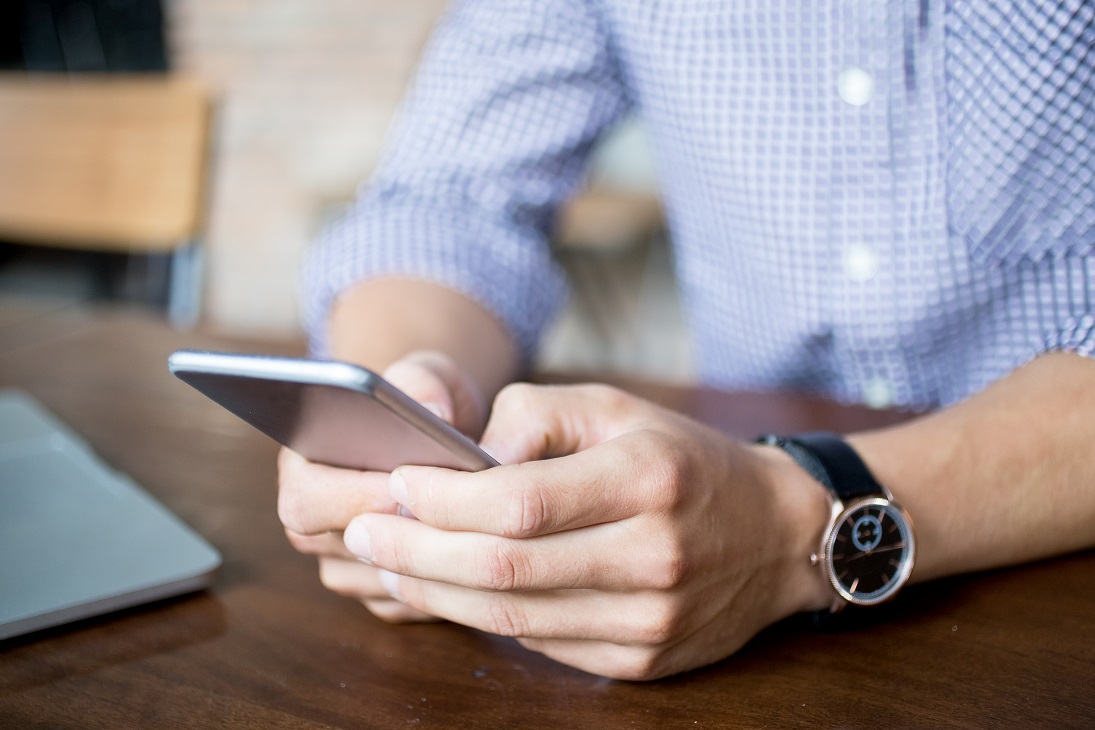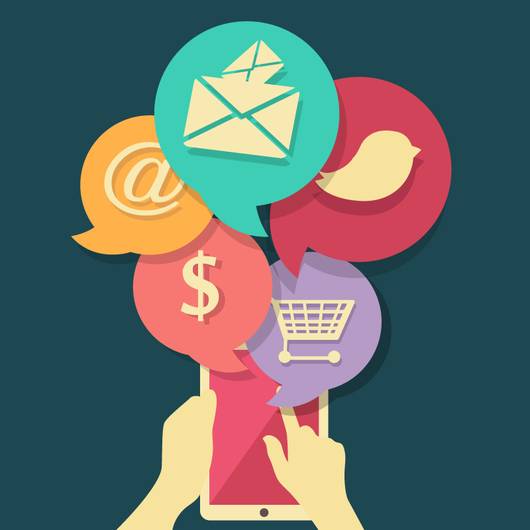The number of mobile subscription around the world in 2017 has reached 7.6 billions, among them only 5.2 billions are unique subscribers, due to some of them owning more than one device and, hence, more than one subscription.

SMS vs Mobile Apps
By 2016, 45% of mobile connections in the world are done over the 2G network, implying that half of the global market is reachable only by SMS, as opposed to mobile apps. It was also estimated that 49% of mobile subscribers are not using smartphones yet, needless to say, the best way to reach them by text is through SMS. We are essentially talking about a market of 2-3 billion people accessible only by SMS, and not IM apps or social media apps.
The figures stated above are not a myth. Speaking from experience, marketing personals across the globes had indicated that within a two-year period from 2015 to 2017, they had increasingly use SMS as one of their marketing channels, from 24% to 59%, which is a growth of 142% in SMS usage as a marketing tool.
SMS vs Voice Call
A vast majority of the Japanese population commute on the train or the bus where voice calls are forbidden. Using SMS to communicate with them, they would be instantly notified and able to respond immediately. In 2017, 81% of Japan owned a mobile phone. Among them 22% owns a conventional phone, 52% owns a smartphone, while the remaining 8% owns both types of mobile phones. Choosing the SMS platform to contact your customers, you are accessible to 81% of the Japan population.
SMS vs Email
Despite the higher capacity of email services, SMS is a comparatively more effective way of communication. 90% of SMS are read within just 3 seconds of being received, and eventually, 98% of SMS are read. While emails only have an open rate in the range of around 20%. Not only that, it has also been observed that sending SMS to recipients shortens response time, as compared to email. In this age of information overload, it is no wonder that keeping it simple and short works better for some.
In Malaysia, among the 1814 city dwellers surveyed, 85% use SMS on their smartphones daily, while daily usage of IM apps is at 40%, and email at 20%. In a separate study, out of 460 voluntary consumers tracked on their mobile phone usage, 91% find push notification via SMS useful, and 54% had opted in. Among those who had opted in, a large majority signed up to receive coupons or deals. The consumer receptiveness on SMS marketing campaign is at similar levels to campaigns launched via social media or business-specific app.
Why SMS?
The best part of using SMS to communicate with your customers is that it is cheap, fast, and easy.
· How long does it take for a developer to develop an app specifically for your business? Probably a week or more.
· How long does it take to task your employee to craft a social media post with a catchy picture or an email newsletter with rich text format? Probably an hour or more.
· How long does it take to type an SMS under 160 characters? In just a matter of minutes.



